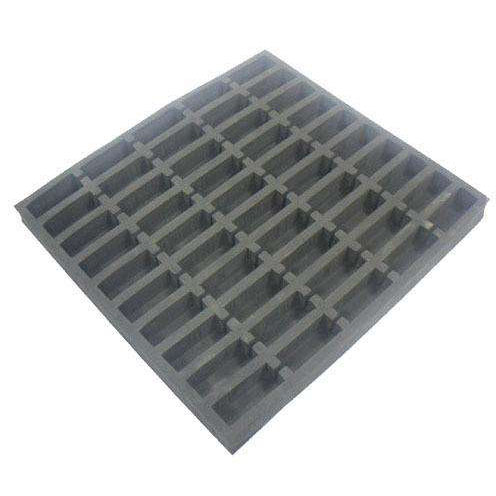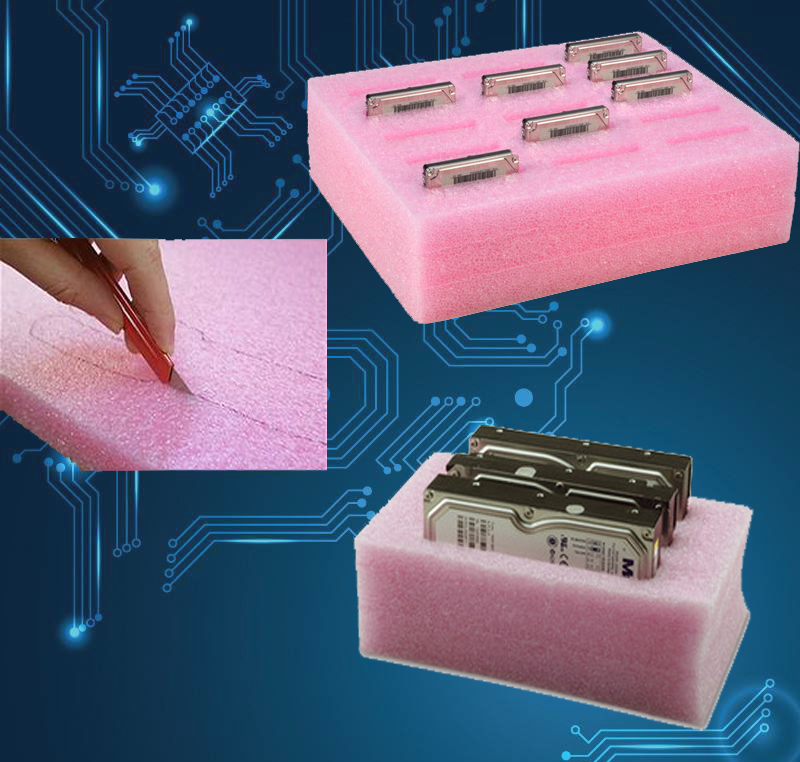Why We Should Use Electrostatic Protective Material?
The Importance of Electrostatic Protective Material
Utilizing electrostatic protective materials is crucial in the production, assembly, storage, transportation, and use of electronic products due to the inherent generation of static electricity. While static electricity itself may not be dangerous, the real harm lies in the accumulation of static electricity (EOS). This accumulation can lead to electrostatic induction, adsorption, and discharge, posing significant risks. Therefore, it is vital to actively mitigate the accumulation of static electricity and implement a range of electrostatic protective measures.
How to Limit the Accumulation of Electrostatic?
There are several effective methods to limit the accumulation of electrostatic electricity:
- Grounding: Ensuring proper grounding of equipment, workstations, and personnel helps dissipate any static charge buildup and prevents its accumulation.
- Humidity Control: Maintaining appropriate humidity levels in the environment can reduce static electricity by increasing moisture content in the air. This minimizes electrostatic discharge and accumulation.
- Antistatic Flooring and Workstations: Using antistatic flooring materials, such as conductive tiles or antistatic mats, creates a controlled environment that prevents static buildup. Similarly, utilizing antistatic workstations with grounded surfaces further helps dissipate electrostatic charges.
- Ionization: Ionizers release ions into the air, neutralizing static charges on surfaces and preventing their accumulation. This is especially useful in areas where airflow and personnel movement can generate static electricity.
- Antistatic Packaging: Utilizing antistatic packaging materials, such as antistatic bags or foam, helps shield electronic components and products from electrostatic charges during storage and transportation.
- Proper Clothing: Wearing antistatic clothing, such as ESD (Electrostatic Discharge) garments or conductive shoes, can prevent the buildup and transfer of static electricity on personnel.
- Avoidance of Dry Conditions: In dry conditions, static electricity is more likely to accumulate. By avoiding excessively dry environments or using humidifiers, you can help reduce static charge buildup.
By implementing these measures, you can effectively limit the accumulation of electrostatic electricity and minimize the associated risks in electronic manufacturing, assembly, and storage processes.
Anti Static Packaging



Limiting the accumulation of electrostatic charges and protecting sensitive electronic products from damage is commonly achieved through the use of anti static packaging material, such as anti-static foam materials, ESD tray products, and clean room products. These materials facilitate the quick transfer of electronic charges to the ground when static electricity is generated upon contact. Here are the key characteristics of anti-static protective materials:
- Conductive Material: The surface resistivity of conductive materials is typically less than 10^5 ohms/square, as per standards such as ESD ADV 1.0, MIL-263B, and EIA-625.
- Static Dissipative Material: Static dissipative materials, also known as electrostatic dissipation materials, have a surface resistivity ranging from at least 10^5 ohms/square to less than 10^12 ohms/square, meeting specifications such as ESD ADV 1.0, MIL-263B, and EIA-625.
- Anti-Static Material: Anti-static materials inhibit friction and the generation of electricity. These materials can prevent the build-up of static charges up to 200V, as defined by EIA625 standards. The surface resistivity of anti-static materials does not need to be measured to determine their properties, according to JEDEC STANDARD NO.42.
To learn more about our electrostatic foam Packaging materials and packing tray products, please refer to our available information.




